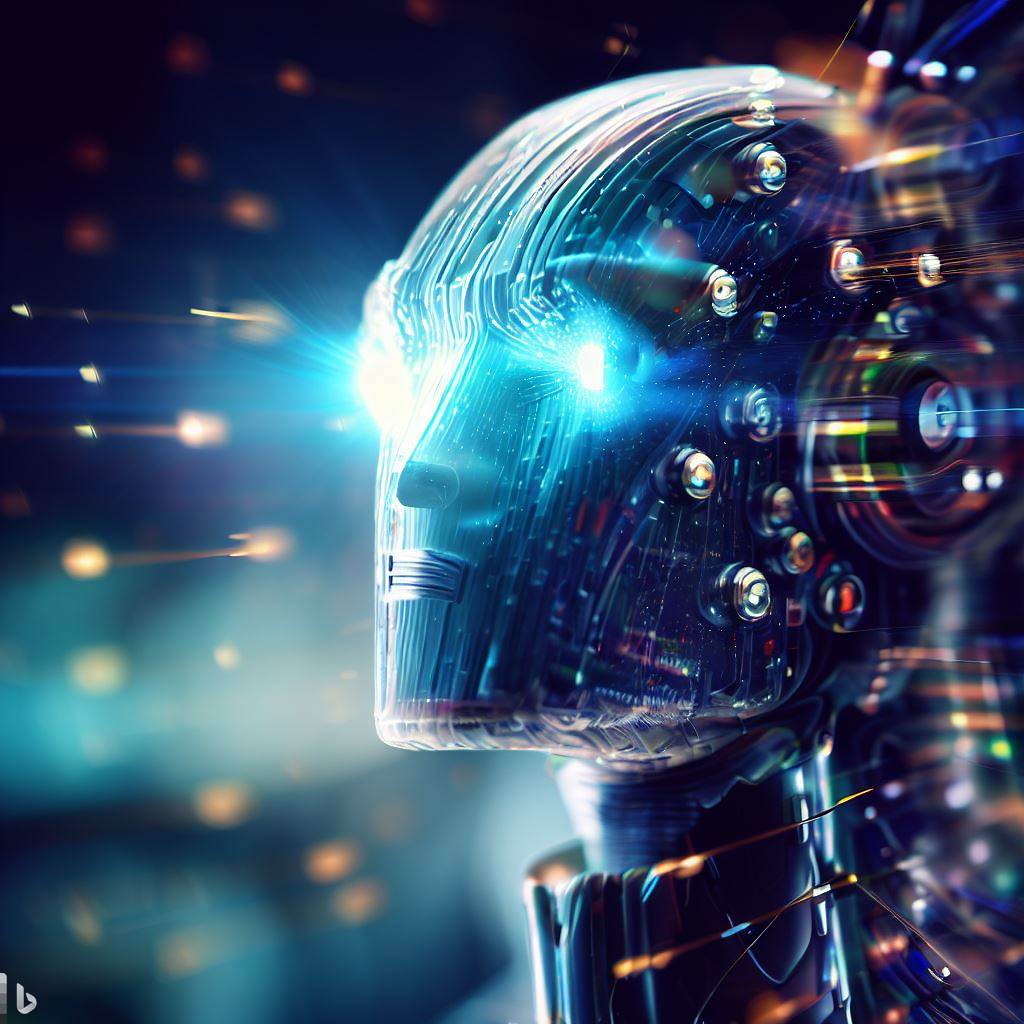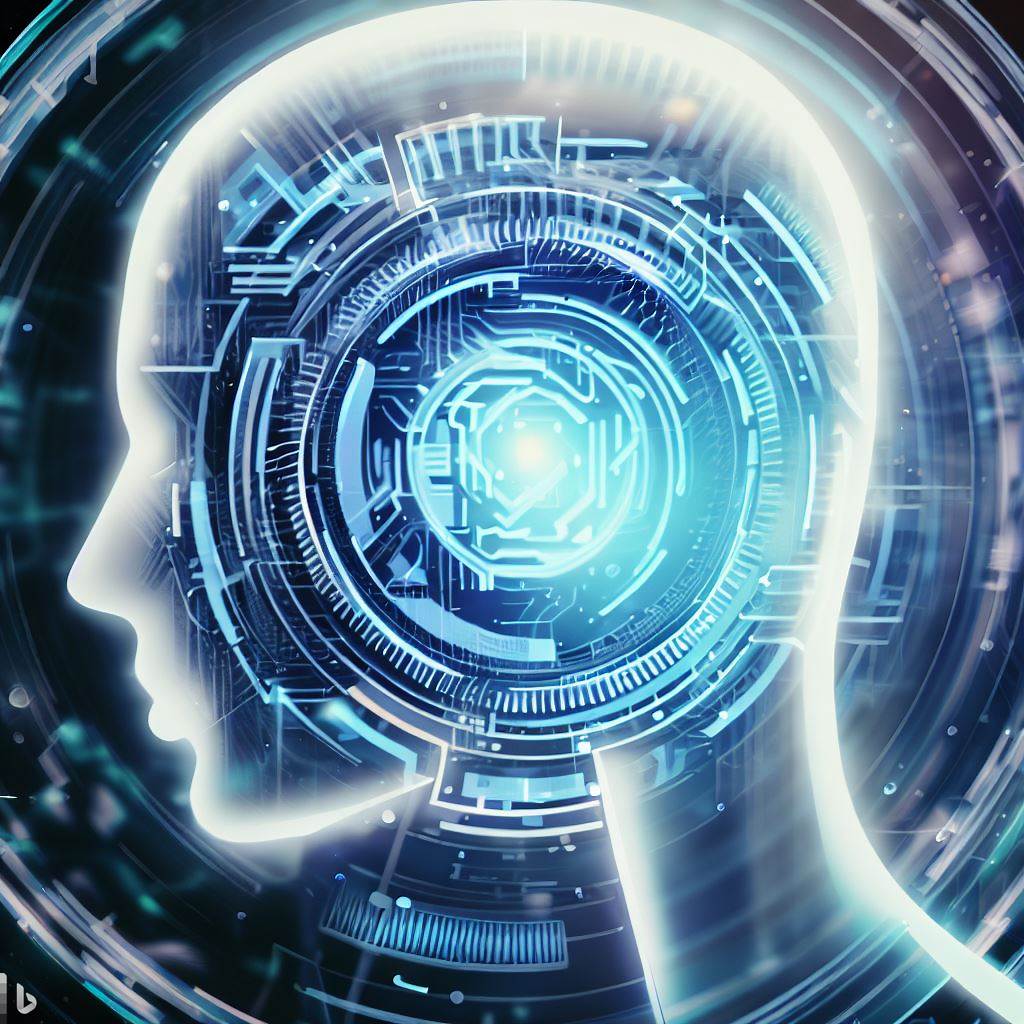Artificial intelligence (AI) is one of the most dynamic and exciting fields of technology today. AI has the potential to transform every aspect of our lives, from healthcare and education to entertainment and business. But what are the latest trends and developments in AI research that are shaping the future of this field? Here are some of the highlights from 2023.
Reinforcement learning
Reinforcement learning (RL) is a branch of AI that focuses on learning from trial and error, rather than from explicit instructions or examples. RL agents learn by interacting with their environment and receiving rewards or penalties for their actions. RL has been used to train AI systems to play games, control robots, optimize energy consumption, and more.
One of the recent breakthroughs in RL is the development of multi-agent reinforcement learning (MARL), which involves multiple RL agents that cooperate or compete with each other in a shared environment. MARL can enable more complex and realistic scenarios, such as traffic management, social dilemmas, and collective decision-making. MARL can also lead to the emergence of novel behaviors and strategies that are not possible with single-agent RL.
Another recent trend in RL is the integration of deep learning (DL) with RL. DL is a branch of AI that uses neural networks to learn from large amounts of data. DL can help RL agents to learn from high-dimensional and unstructured data, such as images, speech, and text. DL can also help RL agents to generalize better to new situations and tasks. Some examples of DL-RL systems are AlphaGo, which defeated the world champion of Go, and OpenAI Five, which beat professional players of Dota 2.
Natural language processing
Natural language processing (NLP) is a branch of AI that deals with understanding and generating natural languages, such as speech and text. NLP has many applications, such as machine translation, sentiment analysis, chatbots, summarization, question answering, and more.
One of the recent advances in NLP is the development of large-scale pre-trained language models (LMs), such as GPT-3, BERT, and T5. These LMs are trained on massive amounts of text data from various sources, such as books, websites, social media, and news articles. These LMs can learn general linguistic patterns and knowledge from the data, and then fine-tune them for specific tasks or domains. These LMs can achieve state-of-the-art results on many NLP benchmarks and tasks.
Another recent trend in NLP is the use of multimodal learning, which involves combining different types of data, such as text, images, audio, and video. Multimodal learning can enable more natural and rich interactions between humans and machines, as well as between machines themselves. Multimodal learning can also help to overcome the limitations of each modality alone. Some examples of multimodal learning systems are CLIP, which can learn from text-image pairs; DALL-E, which can generate images from text descriptions; and CoCoNet, which can generate music from lyrics.
Computer vision
Computer vision (CV) is a branch of AI that deals with understanding and manipulating visual information, such as images and videos. CV has many applications, such as face recognition, object detection, medical imaging, self-driving cars, augmented reality, and more.
One of the recent developments in CV is the use of generative adversarial networks (GANs), which are a type of neural network that can generate realistic images from noise or other inputs. GANs consist of two competing networks: a generator that tries to create fake images that look real; and a discriminator that tries to distinguish between real and fake images. GANs can be used to create synthetic data for training other CV models; to enhance or modify existing images, or to generate novel images for artistic or entertainment purposes.
Another recent trend in CV is the use of self-supervised learning, which is a type of learning that does not require any human annotations or labels for the data. Self-supervised learning can leverage the inherent structure or patterns in the data itself to learn useful representations or features for CV tasks. Self-supervised learning can reduce the need for large amounts of labeled data; improve the robustness and generalization of CV models; and enable new applications that are not possible with supervised learning.
Summary
AI research is advancing at a rapid pace, bringing new challenges and opportunities for both researchers and practitioners. The trends and developments discussed above are only some of the many exciting areas that are shaping the future of AI. As AI becomes more ubiquitous and powerful, it is also important to consider its ethical and social implications and to ensure that it is aligned with human values and goals.



